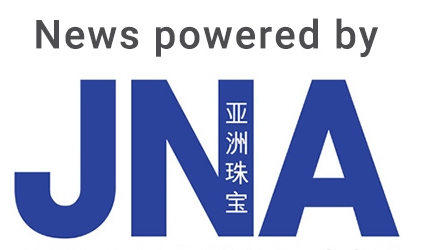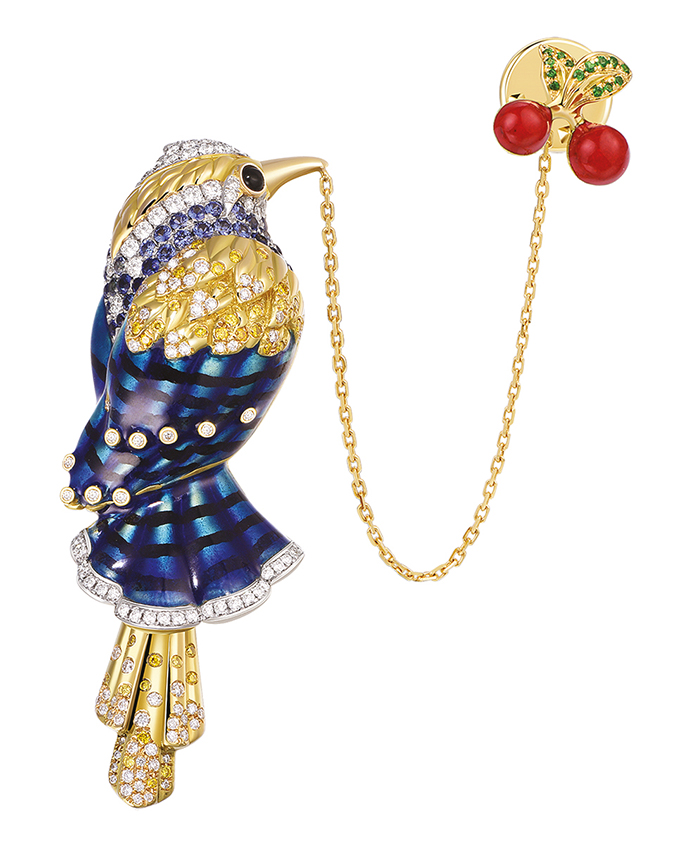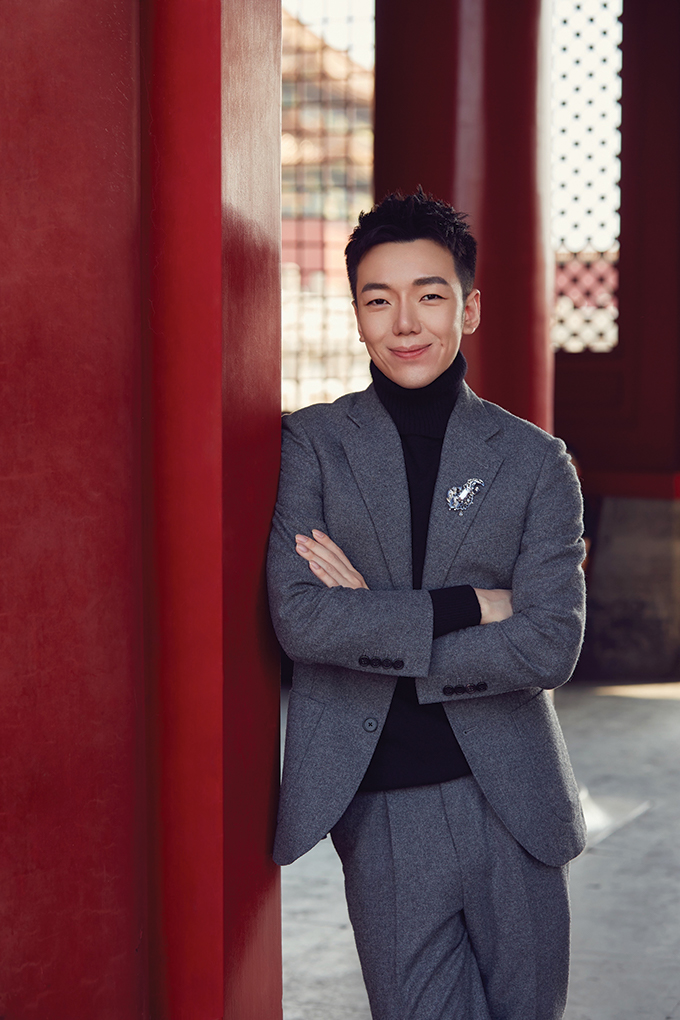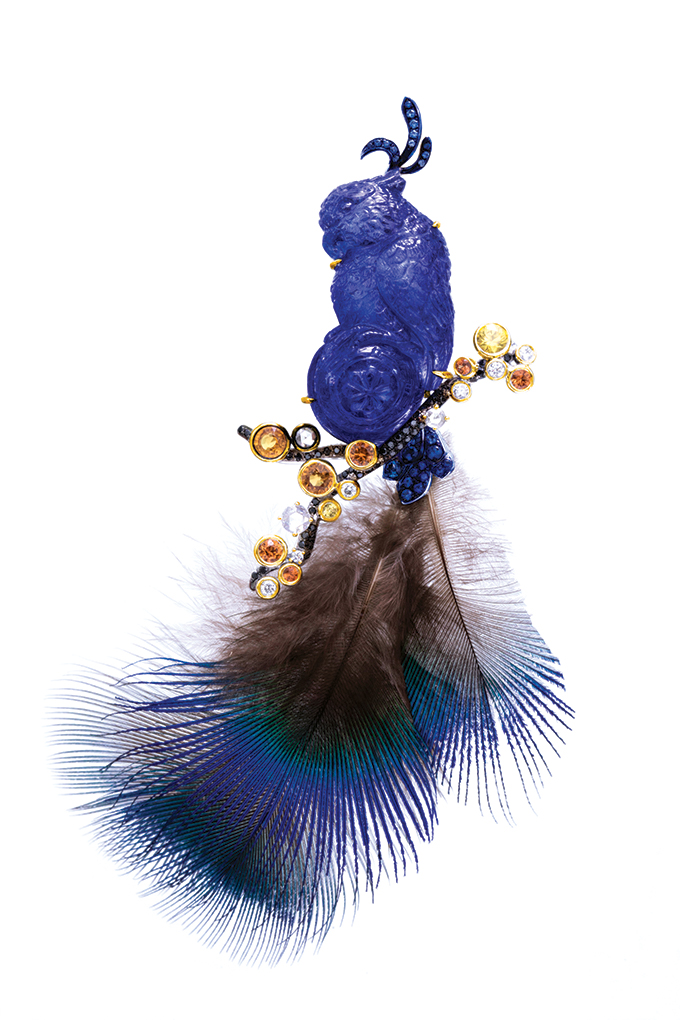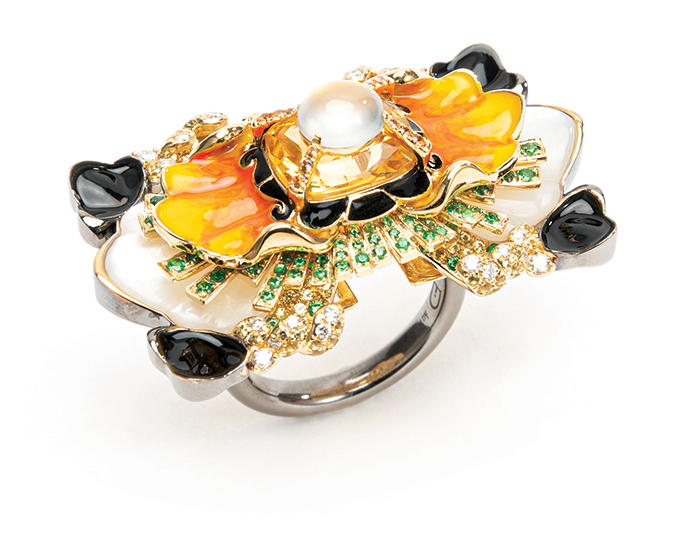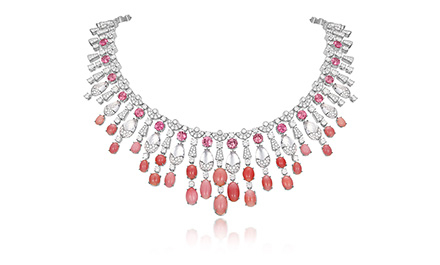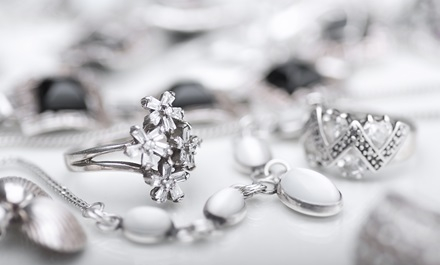An emerging trend in China is making waves among a younger generation of consumers, shaping the way they choose and buy products. Known locally as Guochao, this phenomenon is also raising the profile of Chinese brands while honouring beloved cultural influences.
This article first appeared in the JNA April/March 2023 issue.
China is witnessing the unprecedented rise of a new consumption habit that favours designs and products reflecting Chinese cultural traditions. Colloquially known as “Guochao,” which translates to “national wave,” this trend is soaring in popularity among younger consumers.
Guochao’s ascent was driven primarily by Chinese celebrities who started wearing clothes incorporating Chinese cultural elements with modern design concepts. Inspired by their idols, fans quickly followed suit, and the trend soon pervaded major consumption categories, including the jewellery segment.
A whitepaper on China’s cultural consumption market in 2020/2021 published in 2022 by the Brand Building and Cultural Innovation Department of the National Gems & Jewelry Testing Co Ltd said Guochao’s fame is proof that traditional culture is now becoming trendy.
The report also revealed that there are about 260 million Generation Zs in China who grew up in an era of rapid technological advancement and in generally affluent households. They also receive ample attention from family members, being an only child.
They are also more prone to seeking recognition online. Given such an upbringing, Gen Zs are mostly complacent and exhibit distinctive personalities and strong self-esteem. They focus more on experiences and are eager to get recognised. This demographic is also becoming a leading force in China’s economy and future.
Aesthetic design
The designer’s voice is palpable in Guochao-inspired jewellery designs, said Pan Yuhang of Pans Jewelry.
According to him, the so-called national wave comes in two phases. Stage one is when a certain concept has been widely disseminated and can be recognised by most people. This is accompanied by identifiers such as colours and emblems – dragons, cherry blossoms, cowboy hats, to name a few.
“We can immediately associate these with specific countries. This can quickly lead to a wave of trends and become fashionable,” revealed Pan. “Stage two, meanwhile, requires a deeper understanding of the culture, which is more abstract and may not be easily recognisable at a glance.”
The designer said his most recent collection focuses on combining shapes of humans with mountains and rocks to express the intangible connection between man and nature. This type of design strongly resonates with Chinese buyers even though it may not be suitable for export to countries that have no affinity with Chinese culture.
Jewellery is an indispensable treasure in the history of Chinese art, remarked Grace Tang, founder and art director of Grace Tang Fine Jewelry. She said, “The design, material selection, craftsmanship and techniques are all colourful chapters that can be admired, but it is a pity that many ancient techniques have already been lost.”
Tang’s jewellery pieces take cues from traditional Chinese art but also feature modern style elements to symbolise a link between the past and the present. It is also akin to an “artistic dialogue” that travels through time and space, she added.
“Guochao is a comprehensive manifestation of national confidence and creative strength,” the jeweller said. “In recent years, Guochao, as an intellectual property (IP), has been operating prosperously in various market segments.”
According to Tang, young people gravitate towards luxury Guochao jewellery that are lighter in weight, affordable and easy to match with clothes. Jewellery collectors, meanwhile, have at their disposal a variety of choices, depending on the level of artistry and craftsmanship.
“The creation should contain a rich combination of creativity and vitality that celebrates traditional culture as well as functionality in the contemporary world. Substandard imitations labelled as Guochao should be avoided,” commented Tang.
For his part, Gen Z designer and founder of Erdong Jewellery Chen Weiyang said designers have the liberty to bend traditional rules even when conceptualising a Guochao jewellery piece.
“The materials used for Guochao jewellery may be traditional, but the selection process can be tweaked ingeniously to bring about unexpected surprises,” remarked Chen.
Take jadeite for example. Chen explained that from a design point of view, it is no longer necessary to follow old beliefs that the greener the stone, the better. He added, “Design comes first when choosing materials. I favour colourless transparent jadeite or white nephrite from different origins in my designs. This can become the finishing touch.”
In addition, Guochao design is also seen as a simplification of complex styles. Plum, orchid, bamboo and chrysanthemum, for instance, are popular artistic inspirations but in Guochao, there is no need for a realistic interpretation.
“Focusing on a few, intricate details is a kind of design ingenuity. When it comes to numerous traditional symbols, only the most direct and simple graphics should be kept, doing away with the complicated exterior. This is a Guochao trend,” continued Chen.
Innovation
Guochao also has applications in the metaverse, which could further ignite interest among tech-savvy Gen Z consumers. Chen recently launched a series of hybrid non-fungible tokens (NFTs) consisting of both physical and digital versions of a bespoke jewellery. The “Da Vinci’s Egg” cufflink and brooch NFT utilised traditional elements of a fan and blue and white porcelain. Consumers who buy the NFT will also receive the physical jewellery. “For Chinese generations born after 1995, there is a great deal to inherit in terms of culture and tradition from a country with a vast and rich history. There is also a lot to explore in the digital realm,” concluded Chen.
Outlook
According to the Bain-Altagamma Luxury Goods Worldwide Market Study released in January 2023, the global personal luxury goods market reached an unprecedented US$383 billion in 2022, up 26 per cent from 2019 and 22 per cent from 2021.
China – the luxury market’s primary driver of growth over the past decade – saw a decline of 1 per cent to US$64 billion. The report however predicted that China will surpass the Americas and Europe by 2030 to become the largest luxury market worldwide, accounting for 25 per cent to 27 per cent of global purchases.
A further testament to this were the findings of the Global Powers of Luxury Goods 2022 published in January 2023 by Deloitte, which revealed that China is now home to 11 of the leading luxury companies that contribute a huge chunk to global luxury sales.
China is behind Italy (23 companies) and the US (14), but ahead of France (eight) and Switzerland (eight). Two mega Chinese jewellery chain stores – Chow Tai Fook Jewellery Group and China National Gold Group – now rank within the world’s top 10 while Lao Feng Xiang Co Ltd ranked 12th. All three have advanced from the previous year. Collectively, they operate a total of over 15,000 stores across China.
Some international luxury companies dealing with clothing and shoes have also collaborated with local brands in launching Guochao products. However international jewellers have yet to join the Guochao bandwagon although a few Chinese cultural elements have been finding their way into some of their jewellery collections since the Art Deco period.
According to a report called Baidu 2021 Guochao Pride Search Big Data, market attention for Guochao rose by 528 per cent in the past 10 years, while interest in national brands in all categories reached three times that of foreign brands in 2021.
Today, 75 per cent of Chinese consumers are incorporating Guochao elements into their everyday style, according to a report by Daxue Consulting, which conducted in-depth interviews with Chinese Gen Zs on Guochao marketing released in May 2021. The wave however extends much further. In 2022, the Guochao trend has further pervaded the Chinese consumer landscape, and it is not disappearing any time soon.
Since China’s Gen Zs are now poised to support or disrupt consumer trends, emerging Chinese brands and the Guochao trend are likely to rely on each other to cater to this demographic to further increase their share of China’s burgeoning luxury market, jewellery included.

